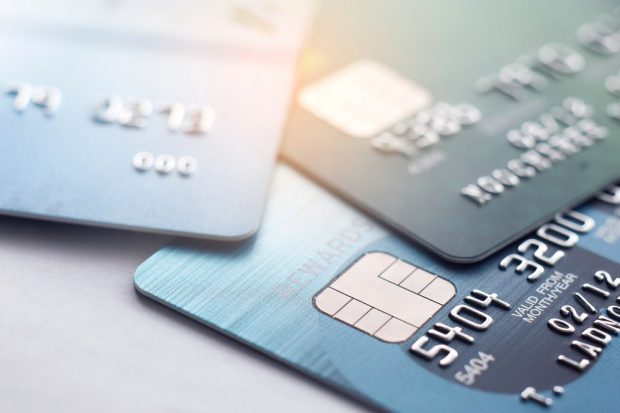Synchrony Q3 Delinquencies Hint at Paycheck-to-Paycheck Consumer Pressures

Every earnings season tells a tale. So far the storyline is that consumers remain buoyant, are still willing to open their wallets and wield credit cards to get what they need.
Visa’s results Tuesday night (Oct. 25) showed double digit growth in card spend; American Express said billed business was up 30% in the most recent quarter. And though growth in spend is moderating, it’s still growth.
The wild card is what happens with those ballooning balances — especially in the paycheck-to-paycheck economy.
Though no one would say canaries are singing in a coal mine when it comes to credit, for some of the consumers in lower-credit echelons, for younger consumers too, some data points bear watching.
Synchrony Financial differs from the other players because it offers the private label card that tend to be an option favored by consumers with relatively lower credit scores. The company’s SEC filings reveal that roughly 94.5% of its receivables are tied to those partner or program branded cards.
The company’s earnings results offer a few data points that hint at some of the pressures on the paycheck to paycheck consumer. Core spending growth stood at 16% in the quarter.
And, as CFO Brian Wenzel said on the call, “when we look at the consumer spending behavior patterns. we’re not seeing very much changed,” Consumers are not changing their behavior, and management called out growth in Millennials and Generation Z spending, where those cohorts represent about 25% of sales.
The savings cushion is, for some of Synchrony’s borrowers, less padded than it once was. Consumers’ payments rates on card balances are slowing, just a bit, and the balances themselves are rising. Delinquencies are up, too.
There still is a savings cushion in place, though it’s decreased a bit. The percentage of customers who have spent the entire amount of the stimulus payments they got in the midst of the pandemic has grown, to 40% from 38% just a few months ago. Inflation is taking its toll on those excess savings.
Management noted on the call that balance reductions across the top tiers of consumers’ savings have been (somewhat replenished), the bottom tier has reduced its savings by about $100.
PYMNTS own data show that for the paycheck-to-paycheck consumers who are struggling with expenses, and where the average savings in hand stand at less than $3,000, down from more than $4,000 at the peak.
In discussing credit performance Wenzel said on the call that “we feel good about credit” as there continue to be “signs of gradual normalization.” Synchrony its latest supplemental results on Tuesday show that that its delinquency rate was 3.28% compared to 2.42% last year, and its 90-plus delinquency rate was 1.43% compared to 1.05% last year.
What remains to be seen is how consumers juggle those balances, which in Synchrony’s latest filings were up 8% to an average $1,268 per account. We’ll know more as companies like LendingClub weigh in on loan consolidation and the general state of the paycheck to paycheck consumer — but for now the consumer is willing to spend, has the dry powder to do so — and the pressures are manageable, at least so far.
